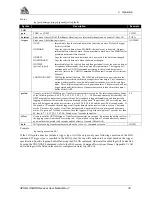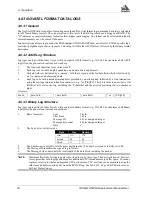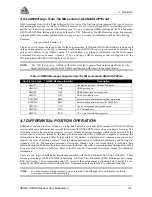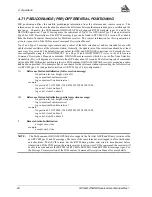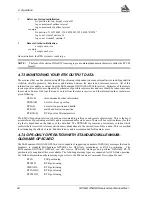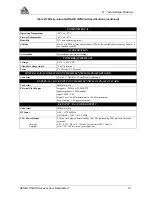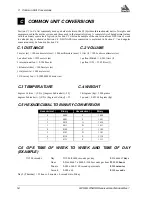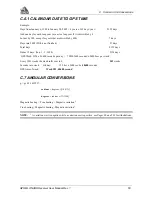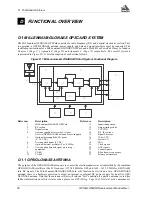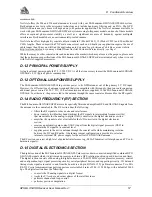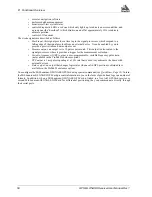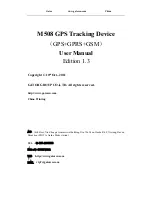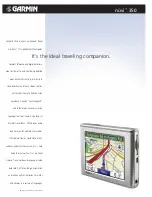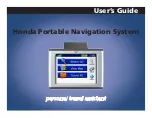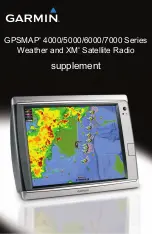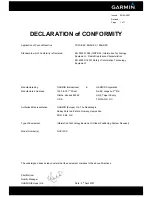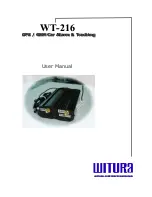
A
Anti-Static Practices
48
GPS/GLONASS Receiver User Manual Rev 1
could act as a “lightning rod”, funneling the entire charge into the components inside the
bag.
•
Do not allow chargeable plastics, such as binders, within 0.6 m of unshielded PCBs.
•
Do not allow a PCB to come within 0.3 m of a computer monitor.
A.3
PRIME STATIC ACCUMULATORS
Table A.1 provides some background information on static-accumulating materials.
Table A.1 Prime Static Accumulators
A.4
HANDLING PRINTED CIRCUIT BOARDS
ESD damage to unprotected sensitive devices may occur at any time. ESD events can occur far below the threshold
of human sensitivity. Follow this sequence when it becomes necessary to install or remove a circuit board:
1.
After you are connected to the grounded wrist strap, remove the circuit board from the frame and place
it on a static-controlled surface (grounded floor or table mat).
2.
Remove the replacement circuit board from the static-shielding bag or clamshell and insert it into the
equipment.
3.
Place the original board into the shielding bag or clamshell and seal it with a label.
4.
Do not put repair tags inside the shielding bag or clamshell.
Disconnect the wrist strap.
Surface
Accumulator
Work Surfaces
•
formica (waxed or highly resistive)
•
finished wood
•
synthetic mats
•
writing materials, note pads, etc.
Floors
•
wax-finished
•
vinyl
Clothes
•
common cleanroom smocks
•
personal garments (all textiles except virgin wool)
•
non-conductive shoes
Chairs
•
finished wood
•
vinyl
•
fiberglass
Packing and handling
•
common polyethylene bags, wraps, envelopes, and bubble pack
•
pack foam
•
common plastic trays and tote boxes
Assembly, cleaning, test and repair
areas
•
spray cleaners
•
common solder sucker
•
common solder irons
•
common solvent brushes (synthetic bristles)
•
cleaning, drying and temperature chambers


